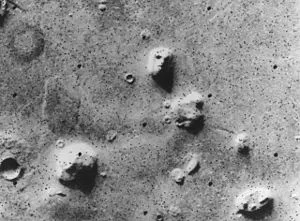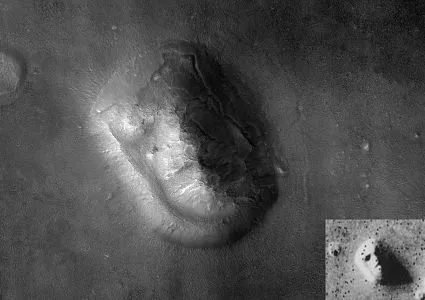Just in time for Halloween weekend, this week's cover story focuses on ghosts and why we want to believe. While issues won't hit all newsstands or inlander.com until tomorrow, we figured we'd give you a taste of some of the very interesting information that wound up on the cutting-room floor.
It would be a mistake to write off every real-life ghost experience as the imaginings of whoever claims to have seen, heard or felt something. As anyone who’s ever had a ghost experience will tell you, they can be very real, and very scary.
While science hasn’t been able to disprove or explain every claim about ghosts, it has provided insight into some of the most common scenarios when people believe they’re experiencing something out of this world.
- Sleep paralysis: Have you ever had that sensation where you woke up, only to find that you were totally unable to move or say anything?
Sleep paralysis is thought to be caused when you wake up during deep REM sleep. The body sort of shuts down to prevent sleepwalking and acting out dreams, but if you wake up during this sleep phase, it can be incredibly frightening: the American Sleep Association says it’s very common to feel a pressure on your chest and/or experience scary hallucinations of a monster, alien or another person. It’s common to hallucinate someone trying to get in through a window or bedroom door, or even experience someone taunting you, the association explains.
VICE's Creators platform made this awesome video with an artist who suffers from sleep paralysis who tries to show what some of the experiences are like through his art:
- Pareidolia: This is when we see patterns even where there aren’t any, because our brains seek to organize and make sense of everything around us. Examples range from seeing the Virgin Mary in a grilled cheese sandwich, or spotting an owl face on the steeple of a church, to hearing a demonic phrase when playing a particular song backward.
A famous example of pareidolia in action is the “Face on Mars.” In the mid-1970s, the first NASA spacecraft sent to Mars sent back a picture that appeared to show a human-like face in a rock formation. Later, higher-resolution images showed it was just a trick of the eye and shadows.
- Apophenia: This could be considered the parent of pareidolia. In a nutshell, it means seeing patterns or making connections between unrelated things. This is the type of thinking behind ardent belief in conspiracy theories and confirmation bias.
- Carbon monoxide poisoning: One of the more frightening things that has been linked to ghost experiences is very real, and very dangerous: carbon monoxide poisoning.
The odorless gas is often referred to as a silent killer, and while early symptoms include seemingly innocuous things like headaches and flu-like symptoms, it can cause visual and auditory hallucinations, make it hard to breathe, cause disorientation and memory loss, and if bad enough, lead to death.
One of the most common causes of the poisoning is a faulty furnace, which is why it’s not only smart to have a carbon monoxide detector in your home, but also a good idea to have your heater maintained regularly.
Listen to Carrie Poppy's "ghost" experience that she was very thankful she investigated below:


